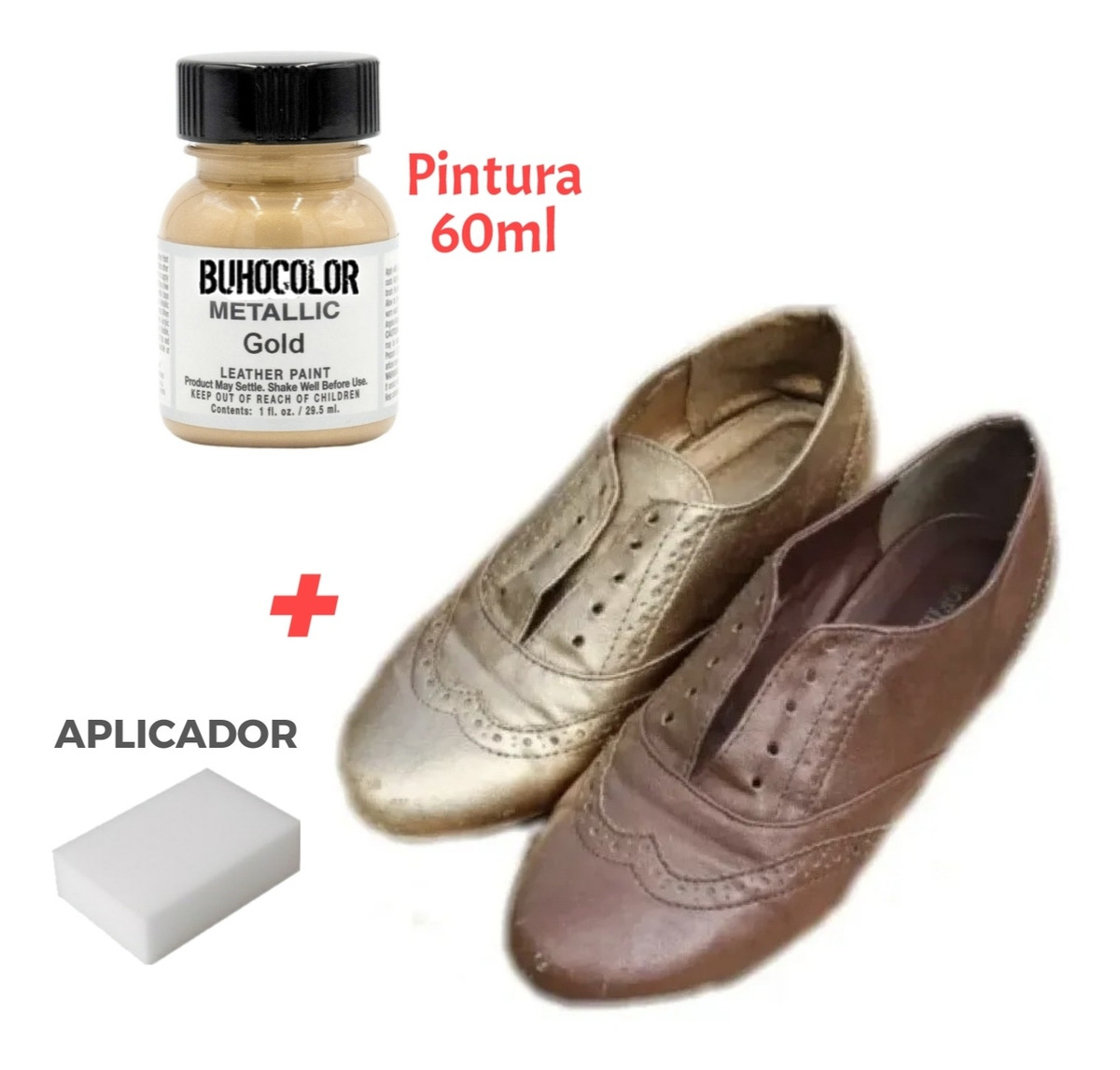

Its marked absorbency having been noted, however, led to its subsequently being produced and used as blotting paper, replacing sand, which was the material that had been used for absorbing superficial wet ink. Subsequently, someone tried to write on a piece of this discarded "scrap" paper and found that it rapidly absorbed any ink applied, making it unusable for writing. It is reported that a Berkshire (England) paper mill worker failed to add sizing to a batch of paper that was being produced. Blotting paper is reputed to be first referred to in the English language in the 15th century but there is a tradition in Norfolk, England that it was invented by accident at Lyng Mill on the River Wensum. It is often made of cotton and manufactured on special paper machines.
#Calzados ink blotter skin#
Blotting paper has also been sold as a cosmetic to aid in the removal of skin oils and makeup.īlotting paper is made from different materials of varying thickness, softness, etc. Blotting paper referred to as bibulous paper is mainly used in microscopy to remove excess liquids from the slide before viewing.

It could also be used in testing how much oil is present in products. Used sheets of blotting paper, with ink stains Blotting paper on a rollīlotting paper is a highly absorbent type of paper used to absorb ink or oil from writing material, particularly when quills or fountain pens were popular. JSTOR ( December 2013) ( Learn how and when to remove this template message).Unsourced material may be challenged and removed. Please help improve this article by adding citations to reliable sources. This article needs additional citations for verification.


 0 kommentar(er)
0 kommentar(er)
